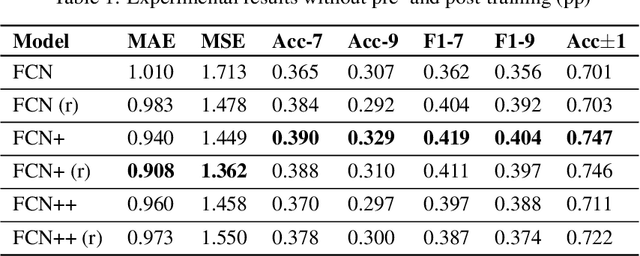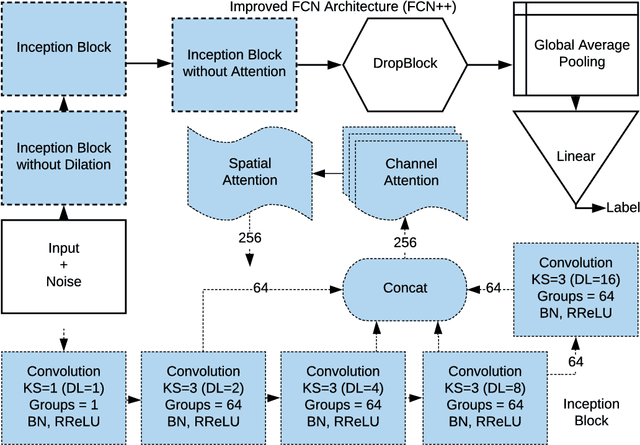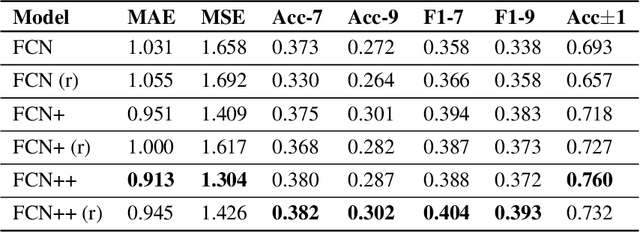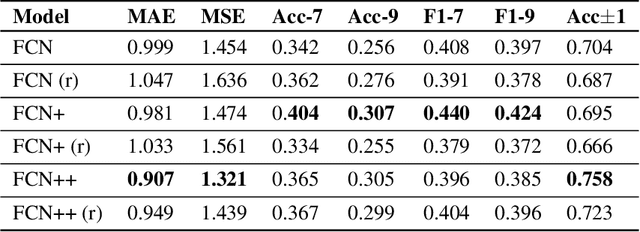Franz M. J. Pfister
Granular Motor State Monitoring of Free Living Parkinson's Disease Patients via Deep Learning
Dec 11, 2019



Abstract:Parkinson's disease (PD) is the second most common neurodegenerative disease worldwide and affects around 1% of the (60+ years old) elderly population in industrial nations. More than 80% of PD patients suffer from motor symptoms, which could be well addressed if a personalized medication schedule and dosage could be administered to them. However, such personalized medication schedule requires a continuous, objective and precise measurement of motor symptoms experienced by the patients during their regular daily activities. In this work, we propose the use of a wrist-worn smart-watch, which is equipped with 3D motion sensors, for estimating the motor fluctuation severity of PD patients in a free-living environment. We introduce a novel network architecture, a post-training scheme and a custom loss function that accounts for label noise to improve the results of our previous work in this domain and to establish a novel benchmark for nine-level PD motor state estimation.
A Multi-layer Gaussian Process for Motor Symptom Estimation in People with Parkinson's Disease
Sep 27, 2018



Abstract:The assessment of Parkinson's disease (PD) poses a significant challenge as it is influenced by various factors which lead to a complex and fluctuating symptom manifestation. Thus, a frequent and objective PD assessment is highly valuable for effective health management of people with Parkinson's disease (PwP). Here, we propose a method for monitoring PwP by stochastically modeling the relationships between their wrist movements during unscripted daily activities and corresponding annotations about clinical displays of movement abnormalities. We approach the estimation of PD motor signs by independently modeling and hierarchically stacking Gaussian process models for three classes of commonly observed movement abnormalities in PwP including tremor, (non-tremulous) bradykinesia, and (non-tremulous) dyskinesia. We use clinically adopted severity measures as annotations for training the models, thus allowing our multi-layer Gaussian process prediction models to estimate not only their presence but also their severities. The experimental validation of our approach demonstrates strong agreement of the model predictions with these PD annotations. Our results show the proposed method produces promising results in objective monitoring of movement abnormalities of PD in the presence of arbitrary and unknown voluntary motions, and makes an important step towards continuous monitoring of PD in the home environment.
 Add to Chrome
Add to Chrome Add to Firefox
Add to Firefox Add to Edge
Add to Edge